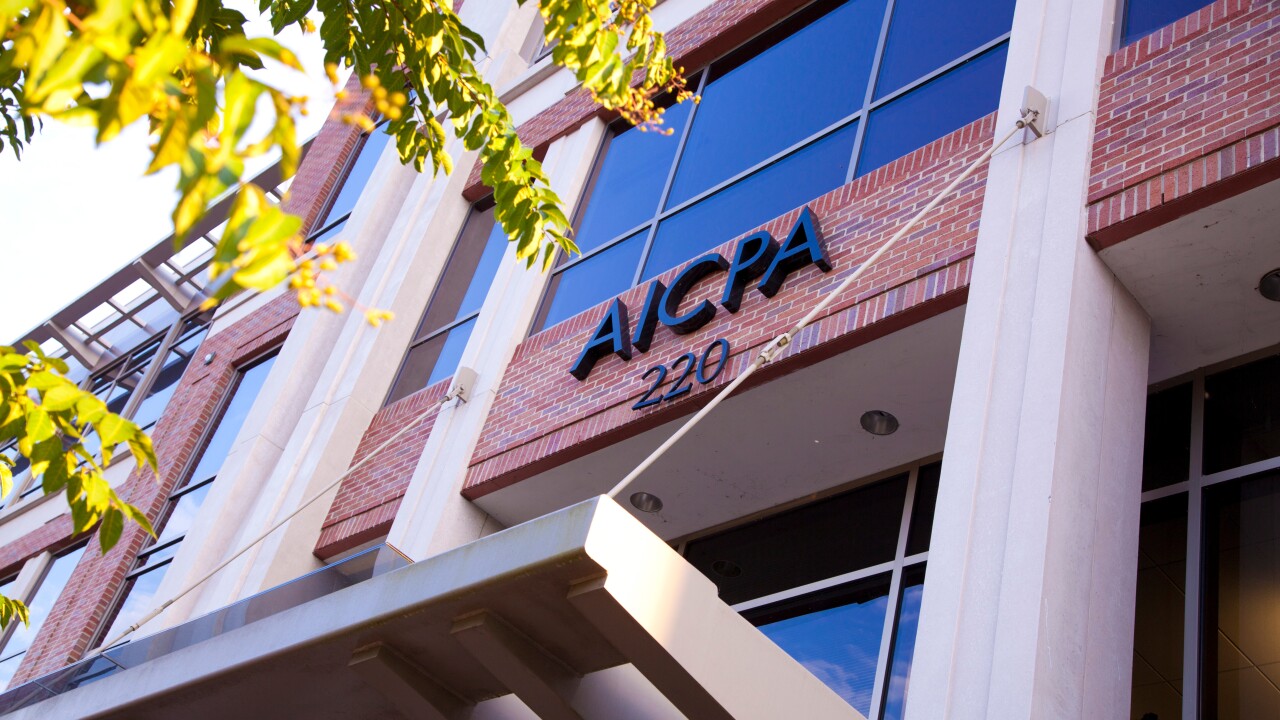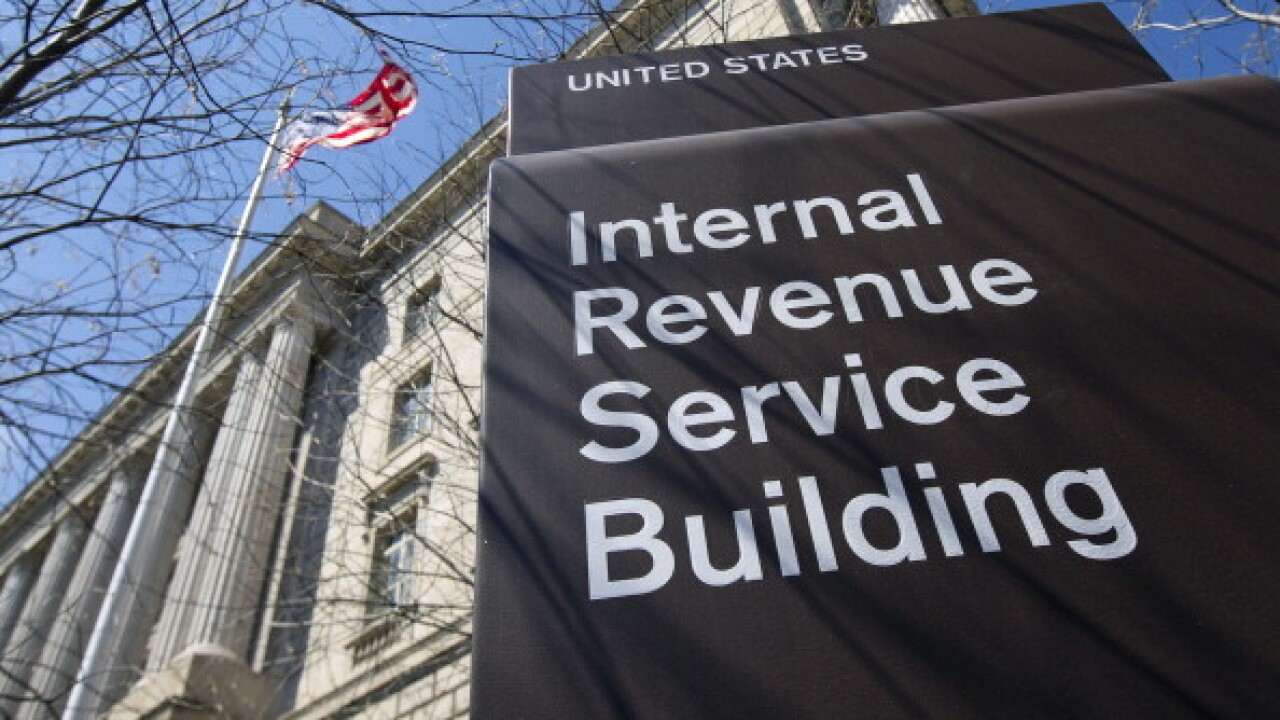Nearly eight months after implementing their first document management system, employees at San Francisco, Calif.-based Rowbotham & Co. LLP are discovering the benefits of going paperless - or, more accurately, of using less paper."The advantage is definitely the flexibility of being able to retrieve the documents from anywhere, whether at home or at a client site," explained Cindy Hsieh, a tax manager at Rowbotham & Co., which uses Thomson Tax & Accounting's GoFileRoom, adding that she particularly likes the application's search feature. "For example, if you're looking for a document but cannot recall which client it came from or where you saved it, you can search by keyword and retrieve the files that way."
Although the process of transitioning over to this system "was, in general, pleasant," Hsieh said that the first busy season was challenging.
"Because all of us are learning it at the same time, there is a steep learning curve," she said. "It takes time for people to transition and adjust from reviewing on paper to reviewing on a dual monitor. A lot of time has been spent on setting up initial procedures and updating computer equipment, so it's a lot of back-end admin time involved."
Being strategic about using less paper through document management software can bring significant change to a firm's cultural climate, organizational efficiencies and finances.
At the Las Vegas, Nev.-based firm of Johnson Jacobson Wilcox, two document management systems are being used for different reasons. "We were looking for final storage and I like the fact that it was in PDF," said Matthew Rudolph, the firm's IT manager of its system, Doc.It. Rudolph added that his firm completes roughly 350 1040s a year, for which they use a different document management system. "Last busy season we really dumped a lot of data into [Doc.It] and started slow in the beginning. That's key, to slowly get the idea of less paper into the firm."
According to Rudolph, when an engagement is done, the firm uses its other system, Pro System fx, to transfer the information into a PDF format. From there, the documents are "locked" into Doc.It. "That's our snapshot, that's what we go back to," he said. "You have to go to extremes to change the PDF."
Rudolph said that the process is working, and the return on investment on the DM software is beginning to pay off, two years into use. The firm is currently considering a relocation and will be able to purchase a building with a much smaller space for storage.
For Donald Mess, president of An Accountancy Corp., in Woodland Hills, Calif., and a five-year customer of Cabinet NG's document management program, CNG-SAFE, the savings were significant. Though his company has just three staff members, he bought scanners for each of his workstations. The scanners were able to process 25 copies a minute and scanned every document dated back to 1996.
Any original client data he possessed, Mess sent back to the client, and now he only works on electronic documents. Once an image is scanned, it is then shredded. Mess found that his paper and toner consumption decreased by more than 50 percent, which for his company meant upwards of 100,000 fewer pieces of paper a year.
"After scanning about a half-dozen returns, we found efficiency in scanning all of our client documents and not having to handle the paper," Mess said. When a client calls and has a question, I can just open up their file on my computer and get to the information - many times before they're done asking the question. I don't have to run down the hall and try to find the file."
Going paperless and using a document management system aren't necessarily one and the same, according to Adam Kupperman, senior director of enterprise sales for TTA's GoFileRoom. A firm can scan a document, take the resulting PDF or JPG image and put it on a file server without using any paper. Using a document management system, however, not only allows a user to find documents by keyword, but lets a firm have more control and security around its files, manage retention of those files more effectively, annotate and work with documents electronically, and herd documents into a client portal.
"Even scanning gets inefficient when you don't have a system like this," Kupperman said, adding that arbitrarily dragging and dropping files into folders on a desktop or network is the easiest way for those files to get lost.
SUBLIME PORTALS
A client portal is an important offering, according to Jim Beach, CPA, CITP, of Bright and Bright LLP in Dallas. The firm is a customer of Acct1st, a document management system distributed by Acct1st Technology Group, which is also based in Dallas. The portal works as a secure Web space that allows CPAs and clients to access data through a password in order to exchange information, avoiding the size limitations involved in the traditional way of sending documents - e-mail.
Beach also said that a document management system can assist a firm in creating and enforcing management procedures pertaining to critical client information, through the use of passwords and allowing only certain individuals access to assigned information.
"What I'm amazed at is the number of larger firms with over 100 people who don't have effective document management yet," Beach said. "I don't know how they're operating."
The use of client portals to share documents securely is among the trends that Kupperman said his company is witnessing in the document management market. He also said that more firms use integrated workflow technology in an effort to tie together engagements for increased efficiency. CPAs who are using two to three computer monitors while they work are likely to scan documents upfront and are getting more comfortable working with the Adobe Acrobat application.
"We're starting to see more technology, including our own, that utilizes optical character recognition to automatically organize and sort 1040 client source documents," Kupperman said. "The technology is able to automatically organize and label the documents in single file, an organization process typically done by a professional. The goal is to significantly decrease or eliminate organizational work done by the professional."
Document management also means being able to retain a definitive copy of a document and maintain evolving versions of the content, according to John Gonzalez, senior product manager for Xerox's DocuShare and DocuShare CPX, based in Palo Alto, Calif. For example, if an employee is working on a Word document or an Excel spreadsheet and modifies it, that employee may want to save the current version as the definitive document, but retain the previous versions that existed.
"What's important is to have a single, centrally located copy of the document that is consistently updated and which everyone agrees is the most current in a central location, and still be able to refer to the previous versions that may have existed," Gonzalez explained.
WHY MAKE THE CHANGE?
"What we find [is that] people are trying to eliminate waste and improve efficiency, their ability to remain compliant, and security," said James True, vice president of business development for Madison, Ala.-based Cabinet NG. "And at the end of the day, all of that is going to contribute to their bottom line. There are sound business reasons for them wanting to make some change."
How fast that change happens depends on the size of the firm and how automated the firm wants to become, according to True.
"Generally, we've had clients within a few weeks get to the point where they are comfortable using the system and have already started to walk away from using paper," he said. "We have other clients where they have this huge backlog of paper and they update the system as they meet with clients, so it might take the whole year to get everything migrated."
Investing in a document management software system can also aid in fending off the potential disaster of losing important client information, according to David Kramer, professional tax director of product management for Intuit, the Mountain View, Calif.-based company that distributes the Lacerte Document Management System.
"It helps protect firms from risk, since storing business-critical data on paper leaves it vulnerable to data theft, flood, fire and other disasters that could cost millions," Kramer wrote via e-mail.
One important element to operating a DM system is buy-in from top management, according to Mark Littleton, director of IT at Santa Monica, Calif.-based Holthouse Carlin & Van Trigt LLP. His firm has been using a DM system for three years, but wants to move away from its current application's hosted model and bring the process in-house. He listed integration with current applications, ease of use and minimal training as future goals with his next DM system.
"One of our struggles in the beginning is that we allowed IT to run the project," Littleton wrote via e-mail. "I feel IT should have a solid presence, but a paperless project will never take off unless key users from different departments are made responsible to enforce the change in policies. The need for buy-in from the top down is key to the success of the project. We find that the fresh-out-of-school or 'NetGen' staff members are eager to go to a paperless environment, whereas the old timers, so to speak, are harder to convince."





